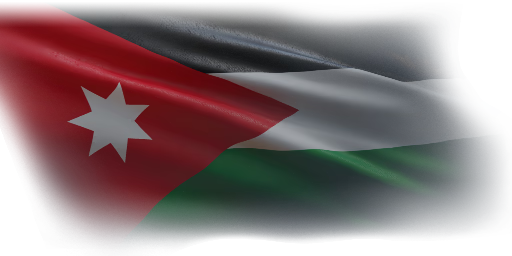The Khalid (FV4030/2), which could be seen as the predecessor of the future FV4030/4 (Challenger 1), was developed as a new MBT mostly for export purpose. By the 1970s, Pahlavi Iran was demanding for a new MBT against its northern neighbors, Afghanistan and the Soviet Union; meanwhile, the British Army was also calling for a new MBT to upgrade the fleet of Chieftains (FV4201) against the menacing Warsaw Pact forces, especially British units stationed in West Germany. As Iran had been a long-time user of the Chieftain Mk.5 with upgraded subsystems, the Pahlavi also planned to import more Chieftains with new FCS and powerplant under the name Shir (Lion, شیر). As the Islamic Revolution put an end to the Pahlavi's throne in 1979, further development of the complete prototype was halted, while domestic upgrades to the fleet of Chieftains also stalled due to the development of the MBT-80. As all the manufactured parts for the Shir needed to be utilised, the British sought for overseas customers and eventually Jordan became the only customer for the newly-upgraded Chieftain, known as the Khalid in their service.
Introduced in Update "Apex Predators", the Khalid is a modernized Chieftain Mk.5 with subsystem upgrades to cope with the heat of the Cold War. Thanks to a new 1,200 hp engine, it now enjoys better overall mobility over its predecessors in UK service while utilizing the fire control system from later Mk.10s. However, players have to be aware of its not-so-effective protection, as it lacks any composite armour.












 2 x (150 / 195 / 230) %
2 x (150 / 195 / 230) % 
 2 x 220 %
2 x 220 % 
